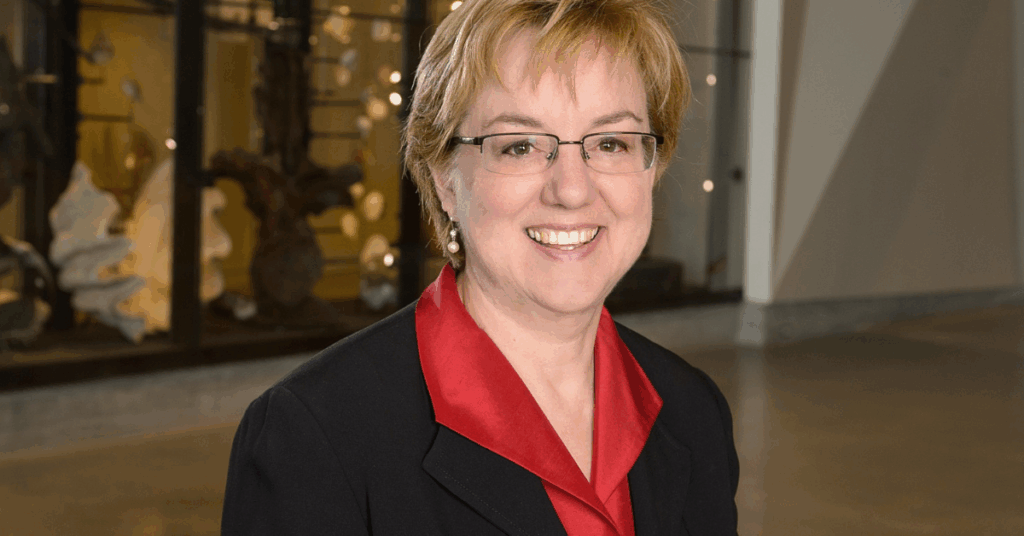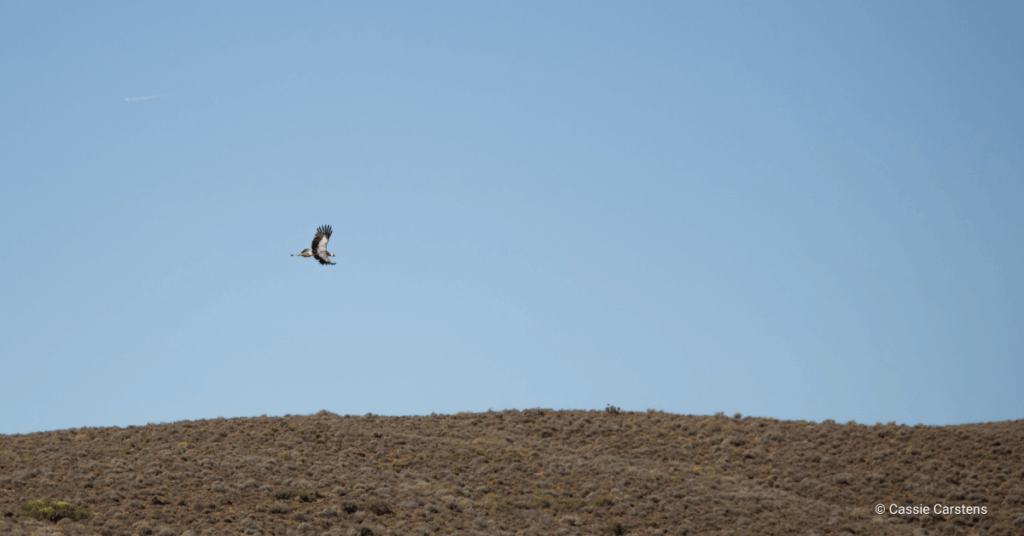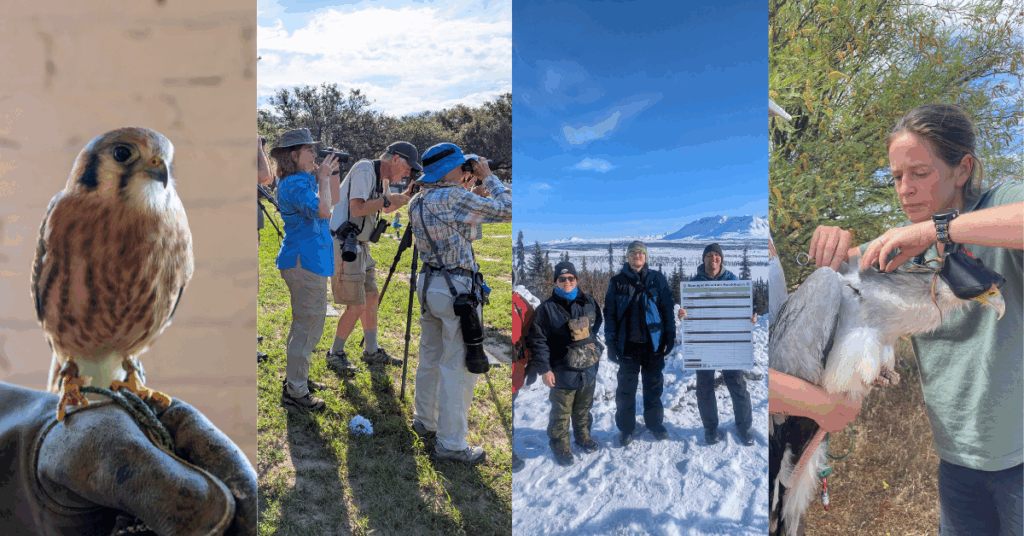Tracking units and band recoveries help scientists learn the hows, wheres, and whys of animal lives. Without them, we might still be scratching our heads about the decline of Swainson’s Hawks in the 1990s (they were feeding on poisoned insects in South America), or trying to suss out the key pathways and threats for many migratory and highly mobile species. In recent years, HawkWatch International (HWI) has also been using motion-sensitive cameras to peek into raptor behaviors at roadkill, nests, perches, and more. Sometimes, these technologies can come together in powerful ways to give us a more personal and complete look into the lives of elusive and remote species, like the Golden Eagle. This is one such story.
In late May of 2019, we put a color band and transmitter on an 8-week-old female nestling in the Silver Island Mountains, near Wendover, Utah. This bird was “marked” as part of our Golden Eagle research efforts, and on this particular day, we had the Hanks family along as guests. Jeremy Hanks was an HWI Board member at the time and has continued to be a passionate supporter of our eagle work. Together, we picked the color band “KD” (“Katie”), and this became the bird’s nickname

Shortly after KD fledged, she began wandering extensively around the West, visiting eight different states over the next five years. But she often returned to Utah, spending quite a bit of time in the Grassy and Lakeside Mountains of the West Desert, not too far from where she was born.

KD even showed up on one of our “Golden Eagle Winter Feeding” project cameras on Jan 31, 2023. She fed on the roadkill deer that HWI provided for a full 82 minutes. Check out her full crop near the end of her meal!


We aren’t quite sure if she visited any of the roadkill we provided this past winter (2023-24), as we still have over a million photos to review! Regardless, not too long after her sighting on camera, she moved into an existing eagle territory in the Grassy Mountains in late July 2023. It appears she moved in after the previous female in this territory died.
We were excited in late January 2024, when KD’s tracking unit suggested she was sitting tight at this nest. The nest she chose for her first go around as a mom is ~50 miles due east of where she was born, and KD was just under five years old when she laid her first egg. Subsequent surveys in the spring with a spotting scope confirmed she was incubating and then caring for a young nestling. We just couldn’t resist bringing the Hanks family back out to help us band the young of this female they had met in 2019. We also placed a camera at the nest to get a glimpse into KD’s maternal behavior and other activity on the nest.

Although first nesting attempts often don’t work out for eagles, KD proved to be a diligent mother, spending many hours on the nest with her nestling “WH.” WH recently fledged, bringing us to a historic moment. We’re now tracking two generations of Golden Eagles, including one full circle (from nestling to mother)! This is a first for us, and, as far as we know, the larger raptor research community. All our tracking work in the West Desert has revealed that it is no small feat for eagles to survive year after year, let alone reproduce successfully. We know we’ll learn so much more from these birds, but in the meantime, we are grateful to have such an intimate look into their lives. We also send a huge thanks to Dugway Proving Ground for their long-term support of the West Desert Golden Eagle nest monitoring and eagle tracking work and the Hank’s family JAKA Foundation for their support of our winter ecology research.


This blog was written by Dr. Steve Slater, HWI’s Conservation Science Director. You can learn more about Steve here.



